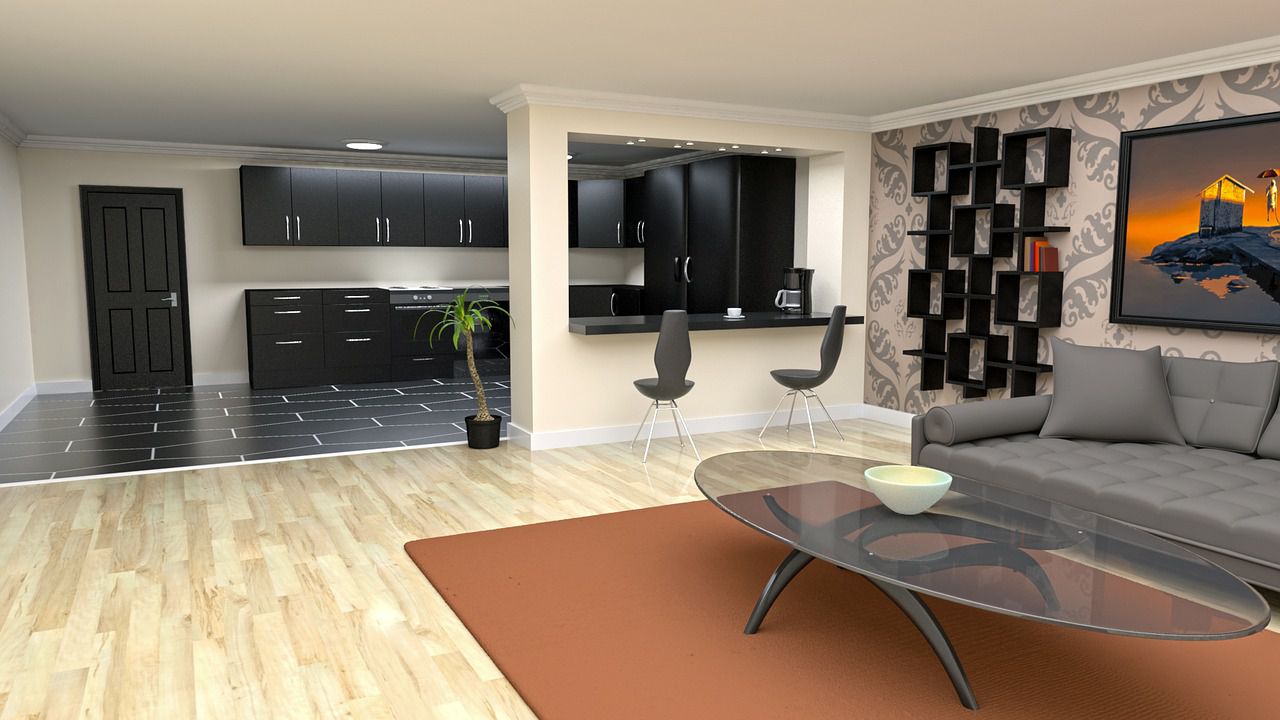Style-mixing in interior design allows you to create unique and personalized spaces that blend different design aesthetics.
While it's a creative way to express your taste, it's important to follow some rules to ensure a harmonious and visually appealing result.
Here are the main style-mixing interior rules to consider.

Choose a Dominant Style
Start by selecting one dominant style as the foundation for your design.
This will set the tone and provide coherence to your space.
Limit Styles
To prevent visual chaos, limit the number of styles you mix.
Two to three styles work well together without overwhelming the space.
Consistent Color Palette
Use a consistent color palette across different styles to tie the elements together.
This creates a unified look even when combining diverse design elements.
Harmonious Scale
Ensure that the scale of objects and furniture complements each other.
Avoid placing oversized items next to delicate pieces.
Contrast and Complement
Use contrast to highlight the differences between styles while complementing them with elements that bridge the gap between aesthetics.
Repeat Key Elements
Incorporate key design elements, such as materials, textures, or shapes, that are consistent across both styles.
This repetition helps unify the design.
Visual Transitions
Create smooth transitions between styles to avoid jarring shifts.
Gradually introduce elements from the secondary style rather than abruptly mixing them.
Tell a Story
Incorporate pieces that have personal meaning or tell a story about your life.
These items can serve as a bridge between different styles.












